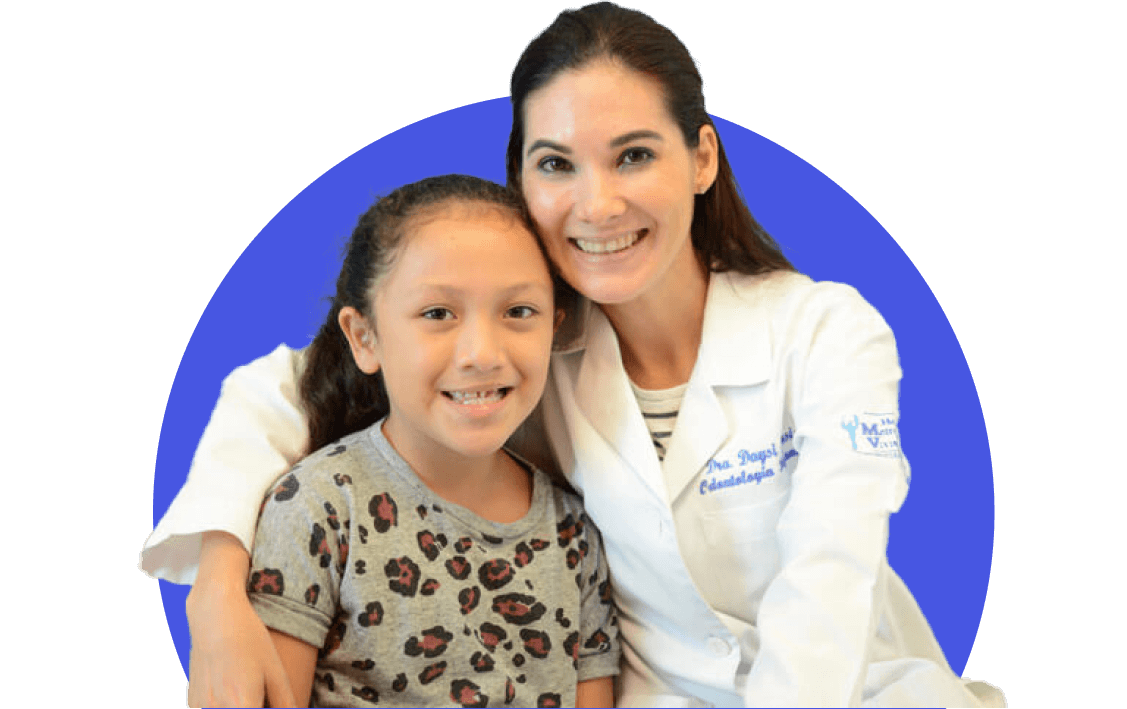- Cleft Home
- What is Cleft Lip and/or Palate?
- Prenatal Diagnosis
- Feeding Your Baby
- What is a Cleft Team?
- Surgery
- Hearing, Speech, and Dental Care
- Paying for Treatment
- Managing Feelings
- Craniofacial Conditions
- Toddlers and Preschoolers
- The School-Aged Years
- The Teenage Years
- Letter to a Teacher
- Information for Adults
- Support Organizations
- Learn More: Downloads
- Cleft Home
- What is Cleft Lip and/or Palate?
- Prenatal Diagnosis
- Feeding Your Baby
- What is a Cleft Team?
- Surgery
- Hearing, Speech, and Dental Care
- Paying for Treatment
- Managing Feelings
- Craniofacial Conditions
- Toddlers and Preschoolers
- The School-Aged Years
- The Teenage Years
- Letter to a Teacher
- Information for Adults
- Support Organizations
- Learn More: Downloads
Why is self-confidence important?
A healthy social life starts with healthy self-confidence. When parents teach their kids to feel good about themselves, they give them the tools they need to form friendships. There are a lot of things you can do and say to help your child feel confident. Starting at an early age, you can praise your child for the positive things they’ve done in everyday life. You can also help your child acquire social skills, including how to respond to questions or comments about their appearance or speech.
How can parents teach their kids about cleft lip and palate?
Before kids can talk with others about their condition, they need to understand it. Parents should have open and honest conversations with their child about cleft lip and/or palate. Be sure to use age-appropriate language and accurate terms.
Books and photos are great teaching tools. Children need to see pictures of themselves before and after surgery. This will help them understand the changes that have happened over time.
Another way to start a conversation is to ask a child about experiences with others. You might say, “We talked at the doctor’s office today about your lip. Has anyone at school ever asked you a question about your lip or about your scar?”
How can parents set an example?
Children listen and learn from how their parents talk about cleft lip and palate. The way you answer questions will be the way your child does, too. Children start learning from you at a very young age. You might say to another adult, “My child was born with a cleft lip and palate. They had surgery to repair it. They’re doing really well now.”
Parents need to be aware of their own feelings, too. If you feel ashamed of your child’s condition, your child will know it. It is important to resolve those feelings. Support groups can help parents with feelings of guilt, shame, and isolation.
How can parents help a child respond to questions?
Parents should explain to their child that it’s normal to hear questions from other kids. You might say something like, “Kids are curious about a lot of things. They ask questions about things that happen, new things they see, and people they know.” You can then give an example of something your child was curious about recently. “Remember when you asked about…? Sometimes other kids are curious about how people look. So they might ask questions about that, too.”
You can also explain that usually people ask questions out of curiosity. In most cases, people are not trying to be hurtful. If your child expresses discomfort or sadness about these questions, you can assure them that those feelings are okay.
How does practice help?
If a peer asks your child why they look or sounds different, they should be ready with a response. Parents can help a child prepare and practice. Practicing takes away the surprise. It can help children born with CLP feel more comfortable talking about their difference. It can also increase their confidence. Practicing is a good way to help the conversation go well.
Which words are best?
As children grow, they should learn the correct terms associated with CLP. This will make it easier for them to answer questions with confidence. The goal is to find words that tell the truth in a comfortable way. You can help your child develop a script. The script might have three parts:
1. Acknowledge the difference
2. Give a brief, simple explanation
3. Move on
For example, a child might say, “Yes, I have a scar on my lip. I had surgery when I was little for cleft lip and palate. It doesn’t hurt me. Do you want to go play?” Parents can help a child decide which peers to share more or fewer details with. In some situations, a child can be very brief (as with the sentences, above). A child may choose to share more details with close friends.
How can parents help with teasing?
Unfortunately, teasing does happen. It is common for parents to feel angry with the children who tease or even angry with their parents.
First, talk with your child. Ask how she/he feels about the situation and wants to handle it. You could find out: Who did the teasing? What was it about? Was it a mean comment, a joke that went bad, or a remark based on lack of understanding?
After talking it through, you and your child can decide how to respond both now and later. A child might choose one of the following options, based on the situation:
– Don’t engage at all. Ignore it/ walk away.
– Engage briefly. Tell the person “Please stop” or “That’s not nice.”
– Provide information, like, “After having surgery, the body heals with a bumpy red line which is a scar.” Remind the teaser that these experiences are unique and show strength.
Whatever the response, it is important to do it with confidence, both in tone of voice and body language.
What about more serious situations?
If your child is being bullied or if the teasing doesn’t stop, it may be helpful to involve other children’s parents, a teacher or school administrator, or a health care professional. Professionals on a child’s cleft team may be able to help with a specific situation. Federal law protects students from harassment based on a medical condition. Many states also have laws that protect students from bullying.
Parents should remind their child to always refer to them after being teased or bullied. A child can talk about what happened and how she/he handled it.
Read the ACPA Social Situations fact sheet



